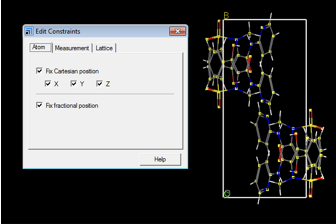

However, if no pattern is discernible, the material is called amorphous. If there is a regularly patterned latticework of atoms all around, long-range order, or LRO, is present and the material is considered crystalline. Imagine seeing twenty or so atoms (or points) scattered all around the central atom, some being closer and some further away. For simplification, you can try to picture these atoms as points on a 2D surface. Next, let’s zoom out a little bit from this first unit of our main atom and its nearest neighbors. The arrangement of its nearest neighbor atoms around it is called short-range order, or SRO, something that all liquids and solids have. If this pattern continues, pretty soon (ok, after a while) a full-fledged network of billions of billions of atoms will be established and we will have our “stuff.” Now, let’s go back and picture our first atom. Therefore, these atoms must bond with even more atoms.


We could stop there, but we still won’t have enough material to see or hold. We then need this atom to form “bonds” with nearby atoms. Sometimes having one atom is enough, but I’m assuming we want a big hunk of material. To make stuff, or matter, we first need an atom. One thing that MSEers look at is what is known as the “unit cell.” After this brief report I will post some cool things that show just how much the unit cell of a material can alter a material’s properties. However, I did not elaborate on what one can find out about various materials’ structures. In my first entry I mentioned that a fundamental part of materials science & engineering is understanding the atomic structures of materials.


 0 kommentar(er)
0 kommentar(er)
